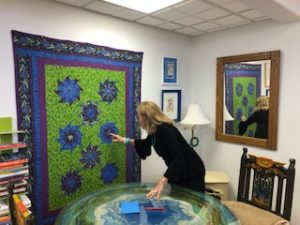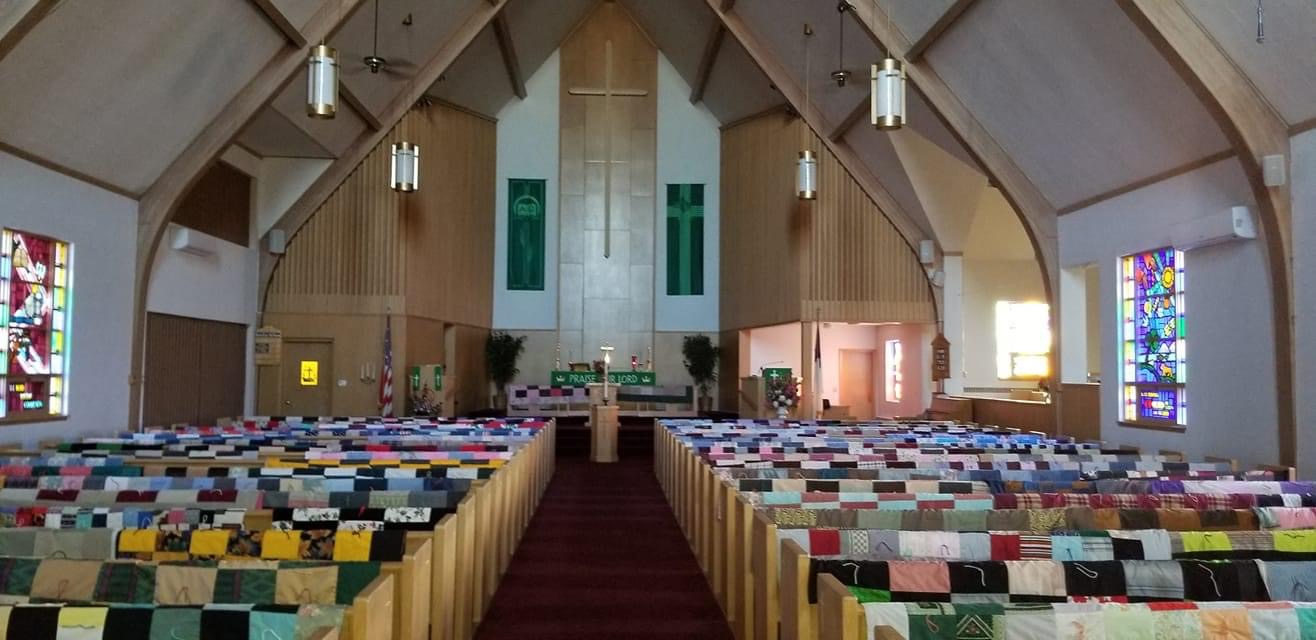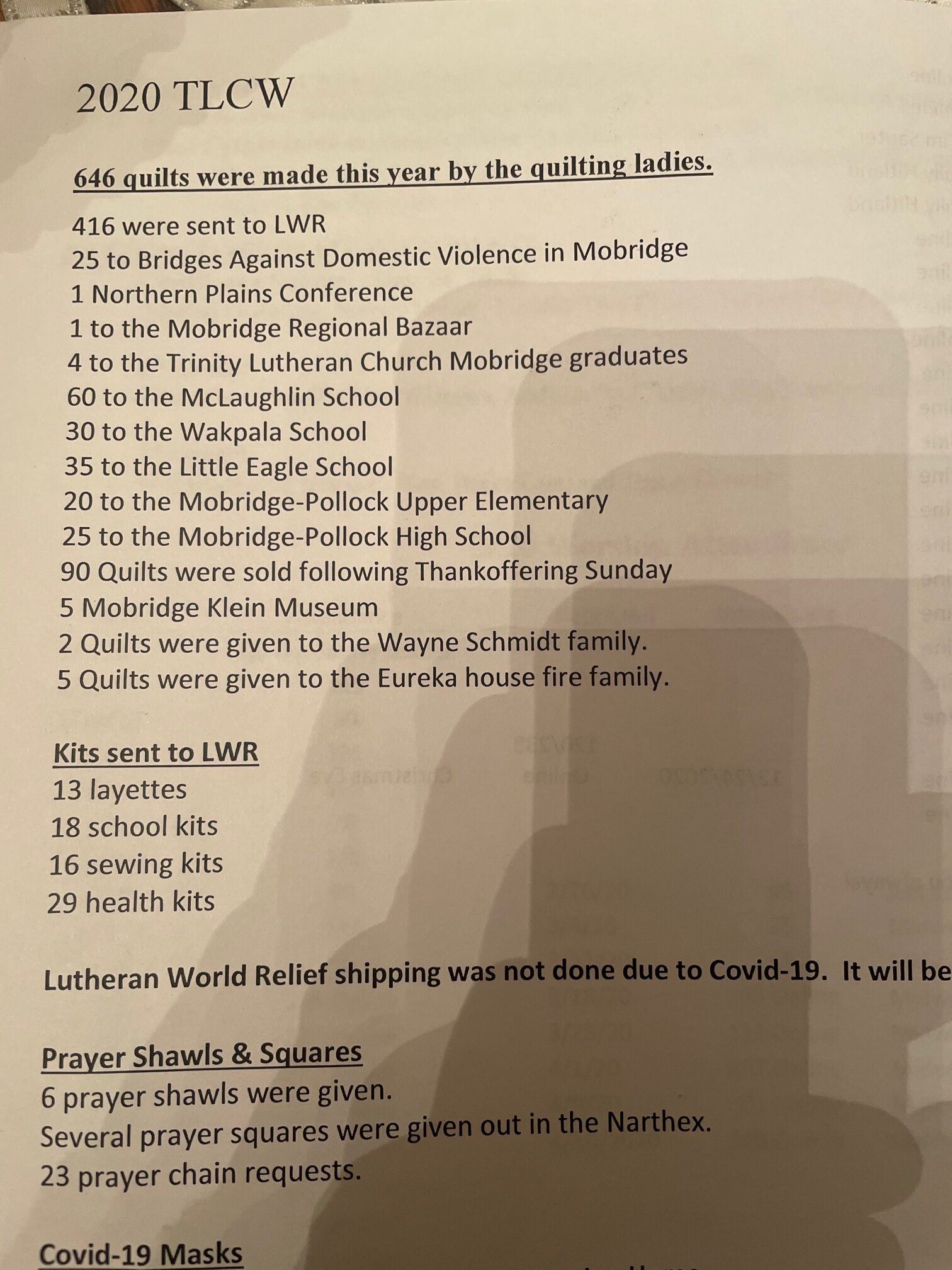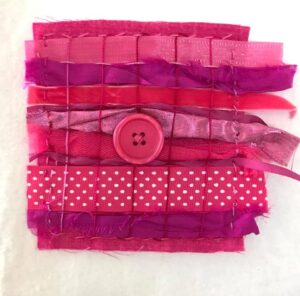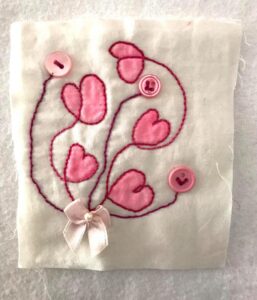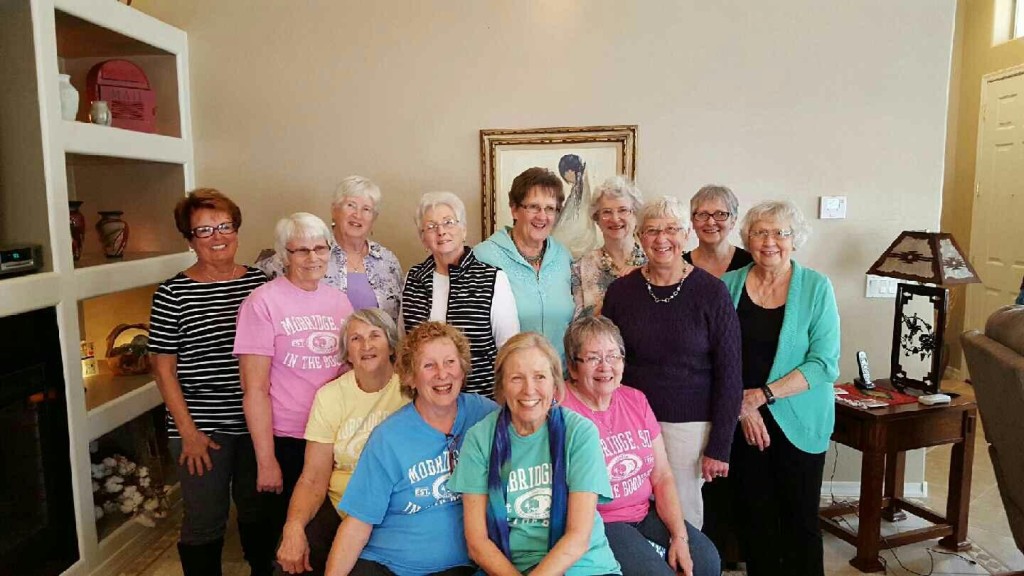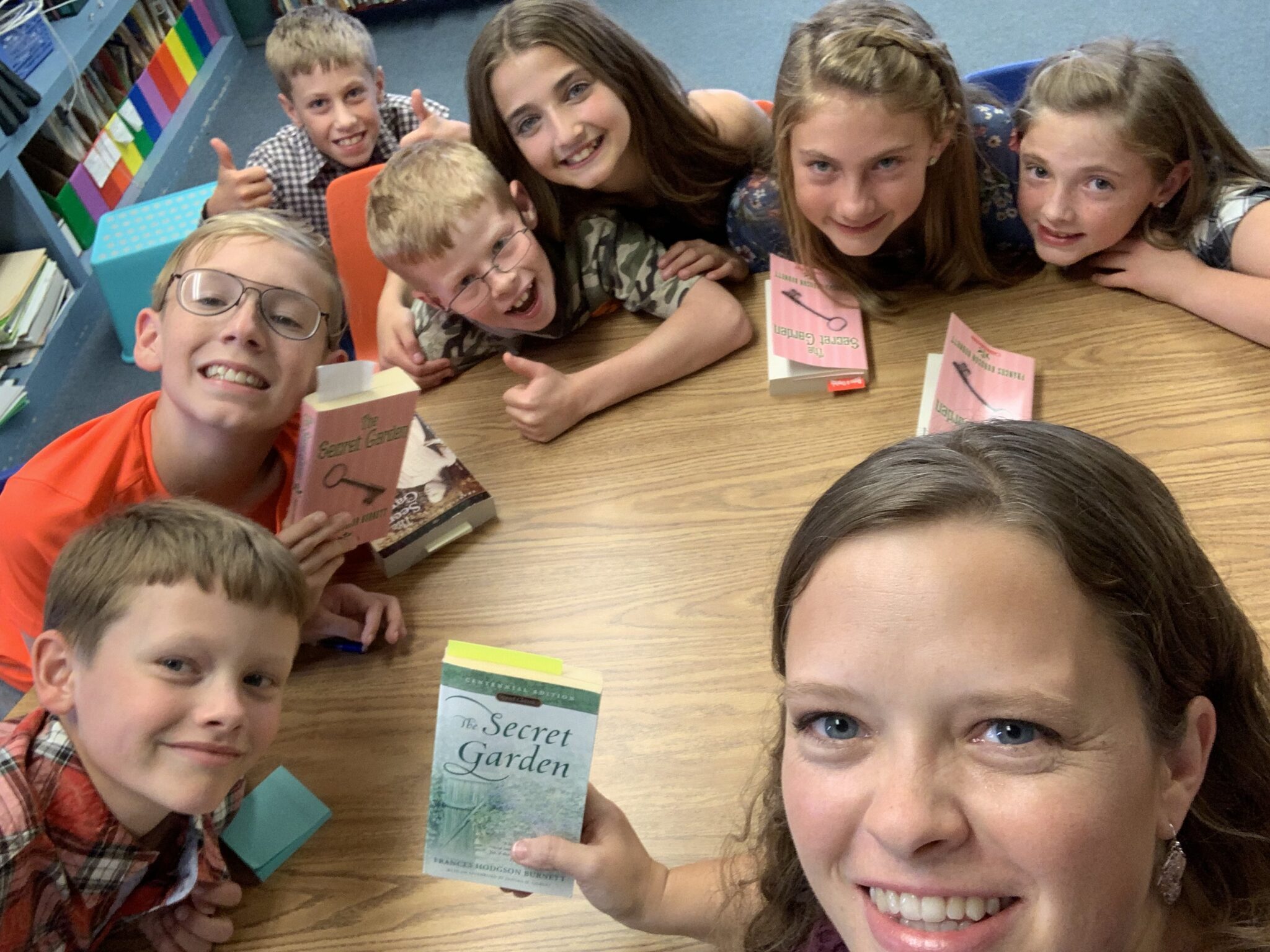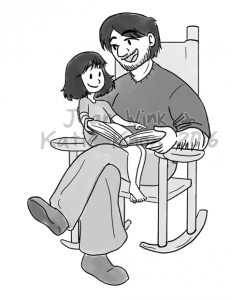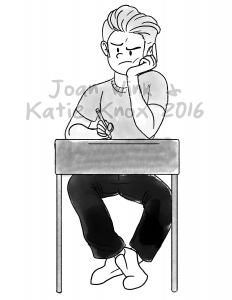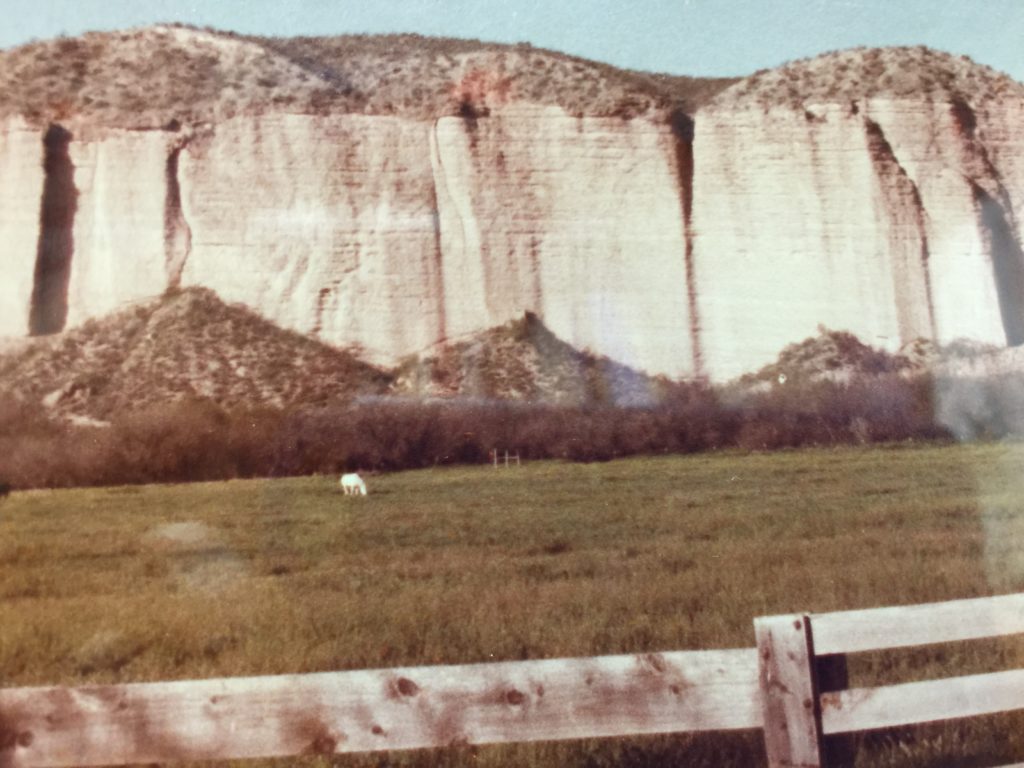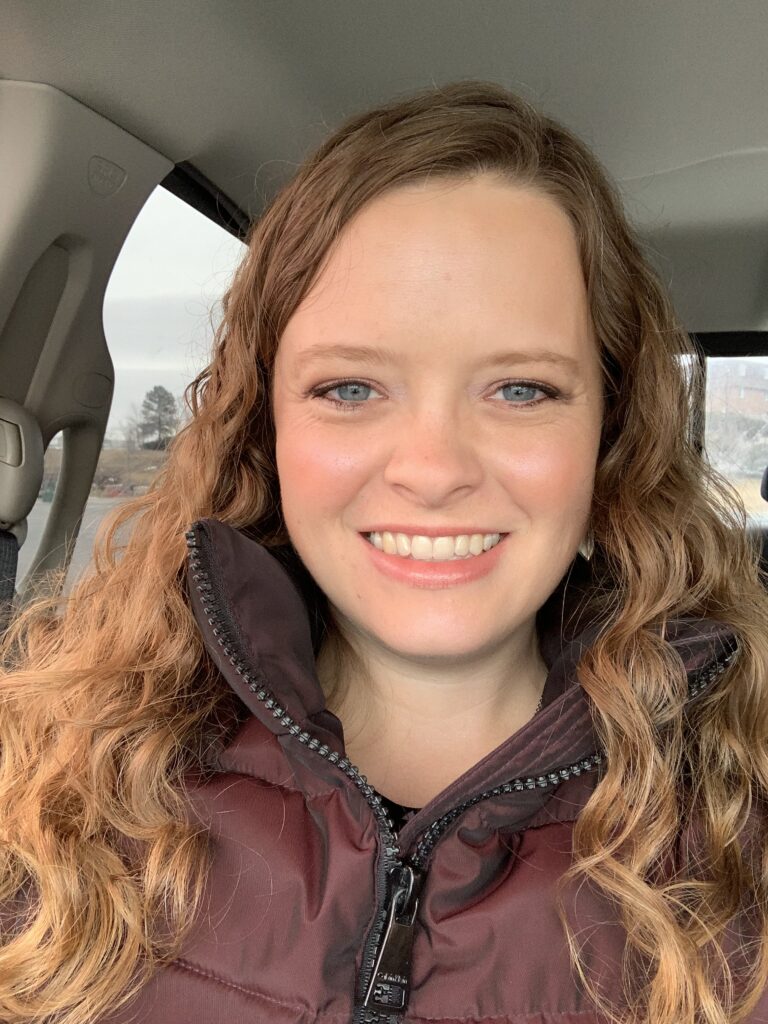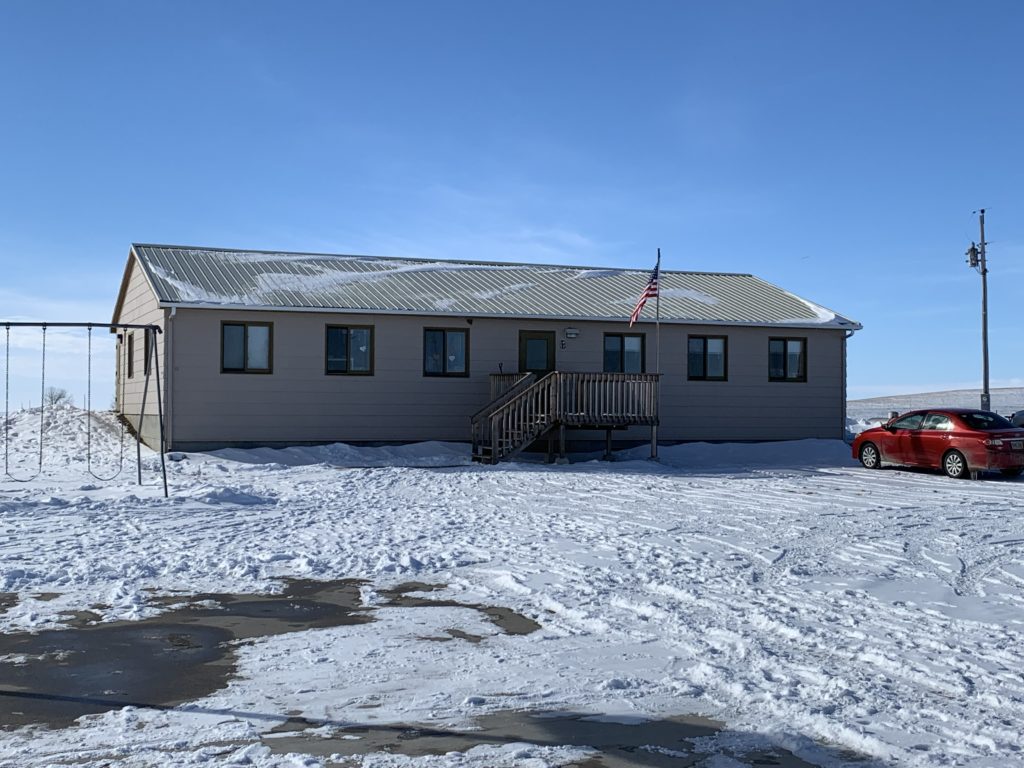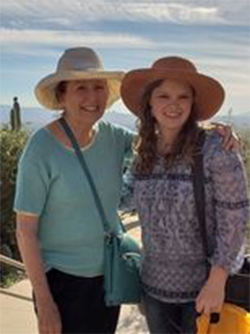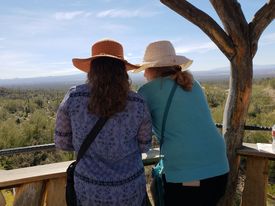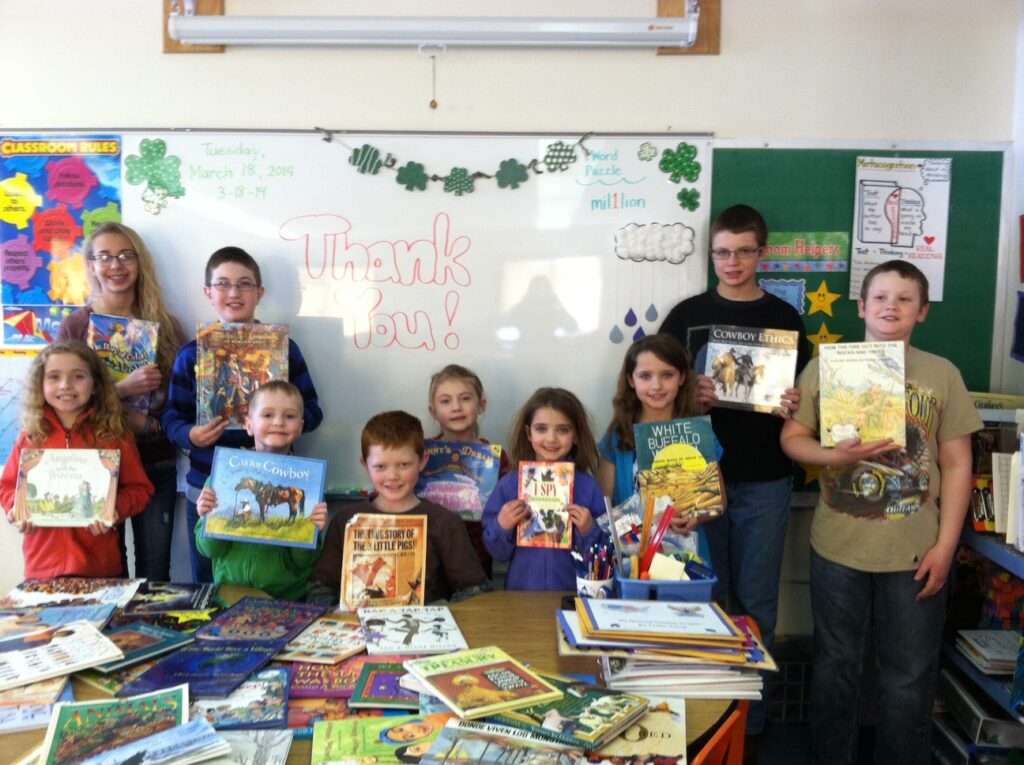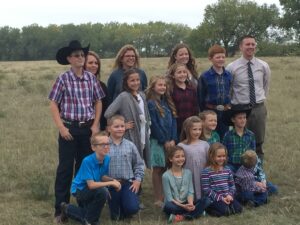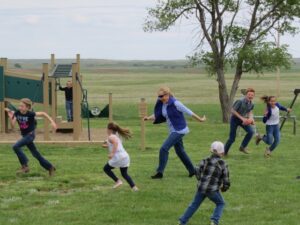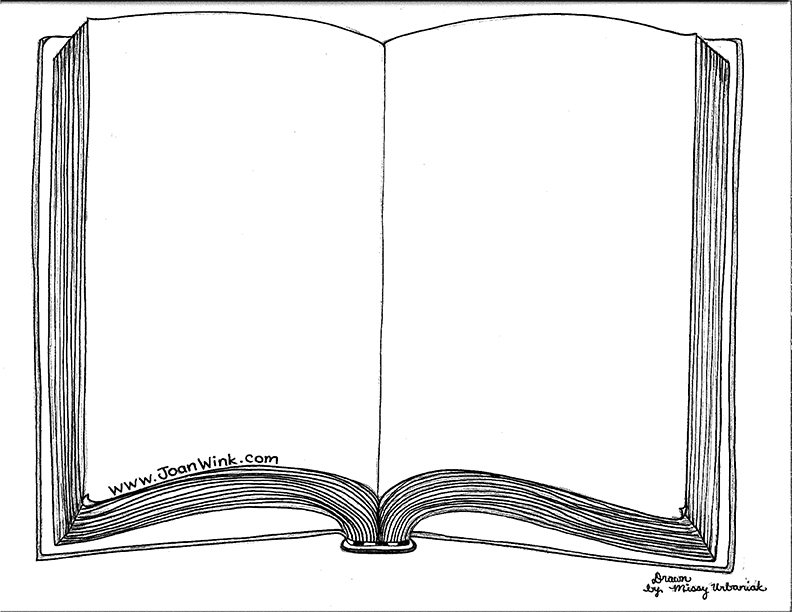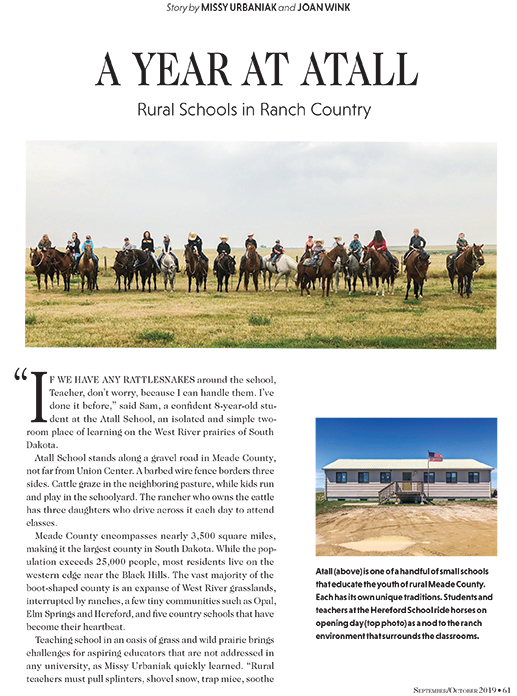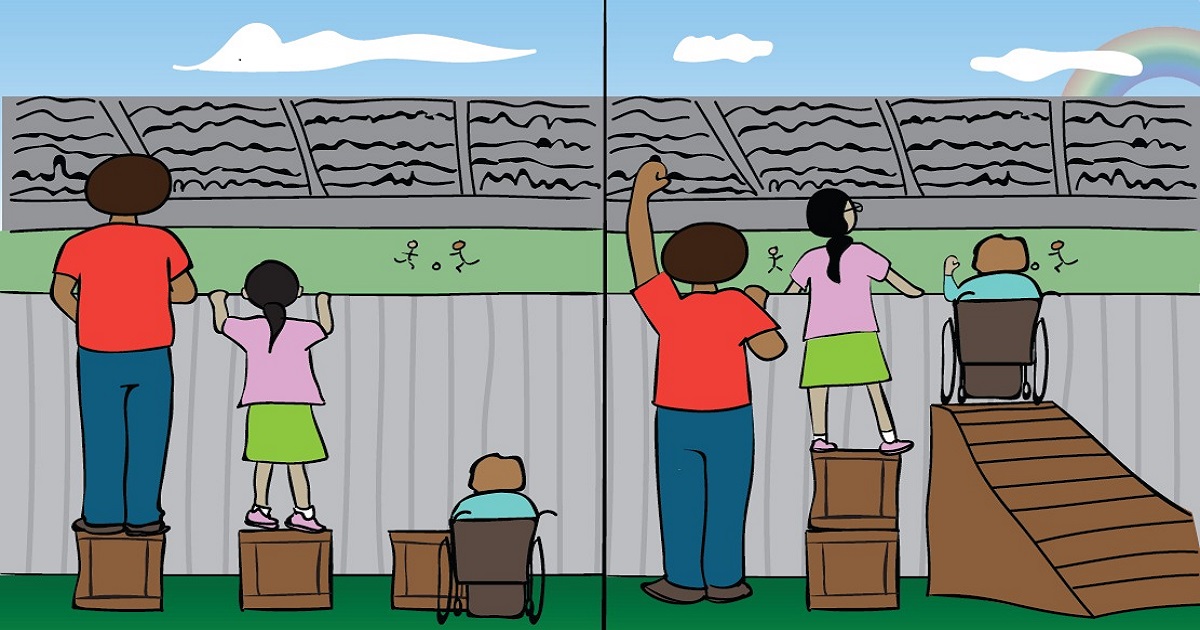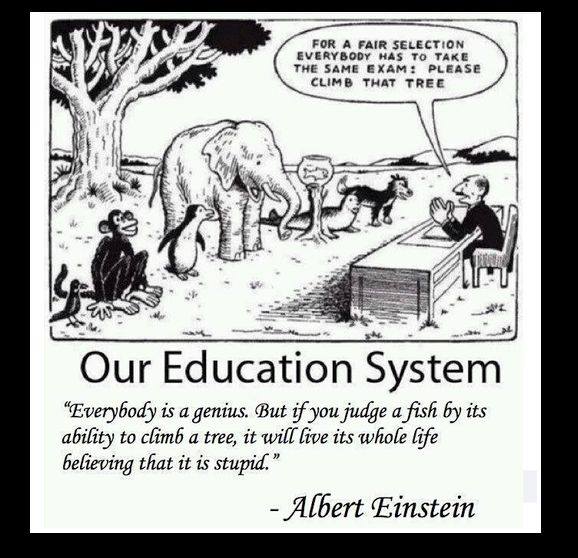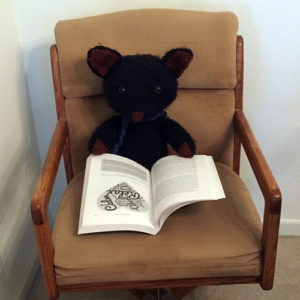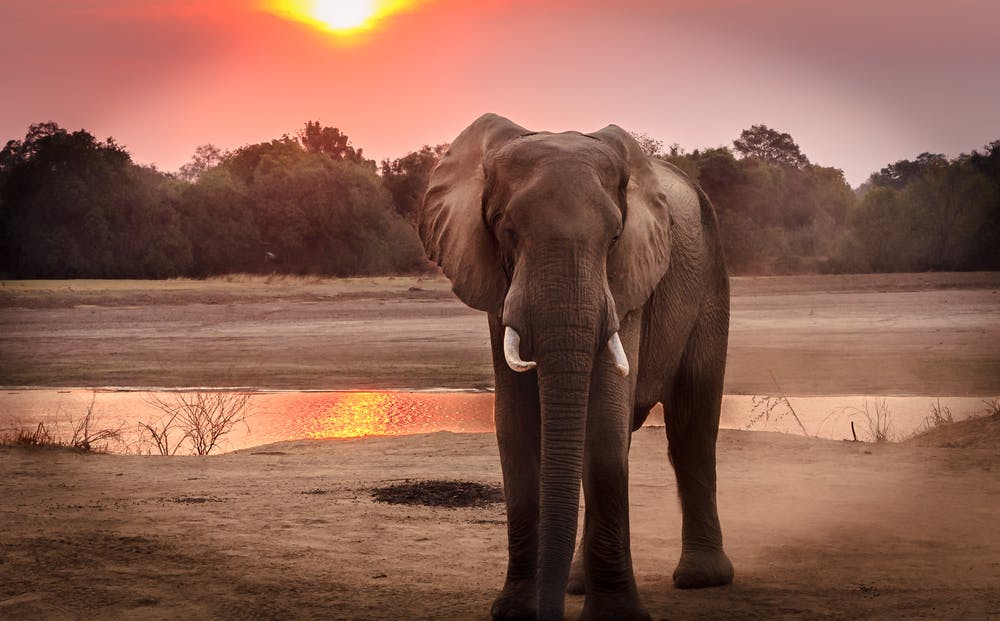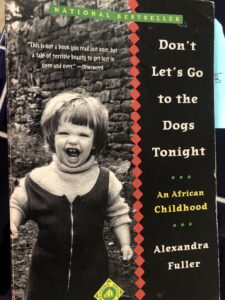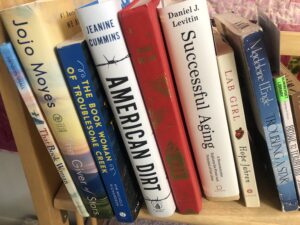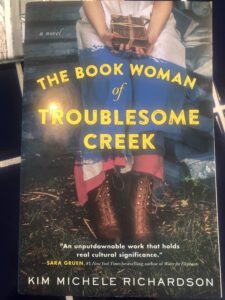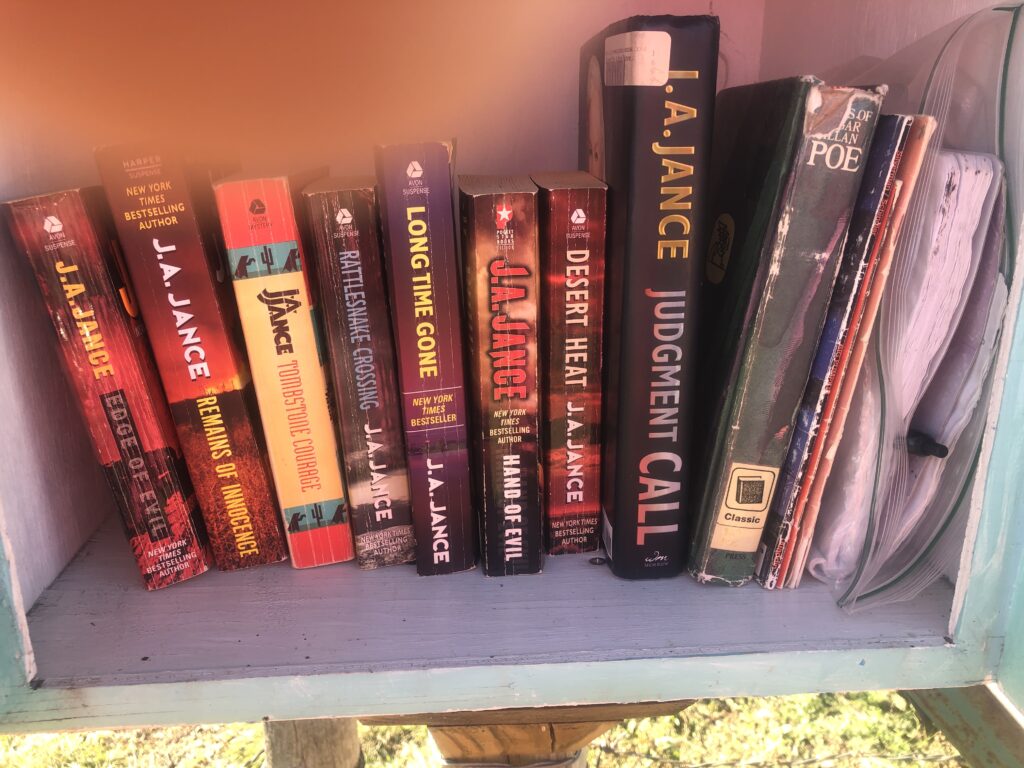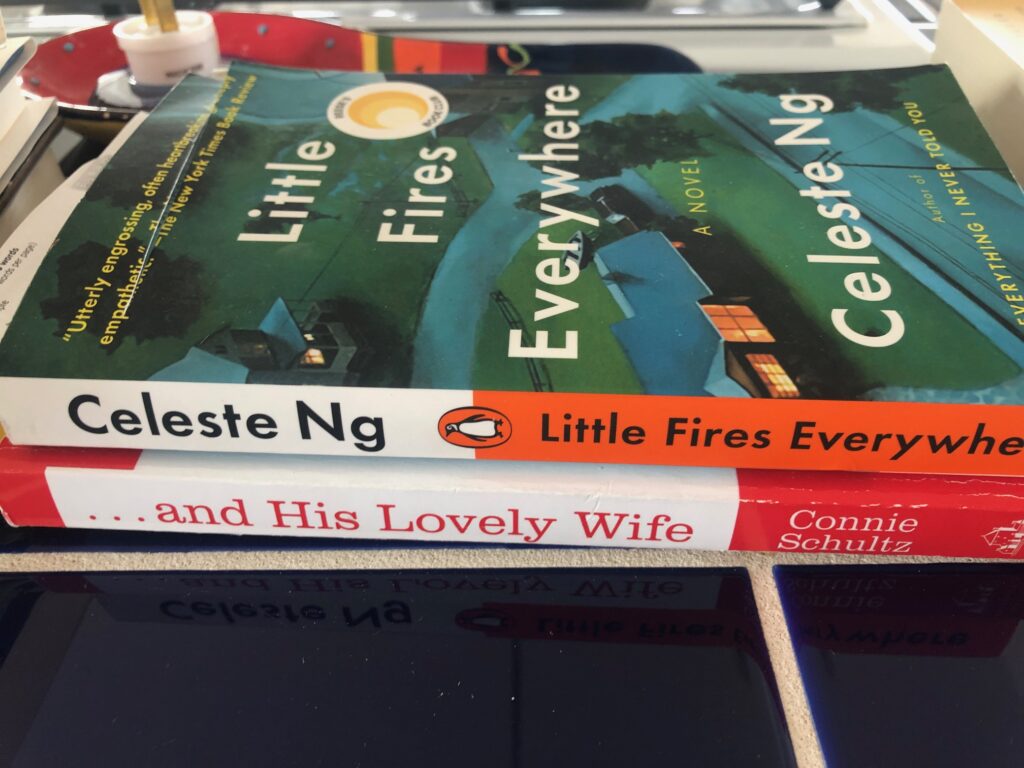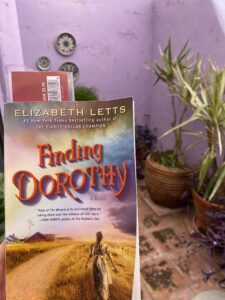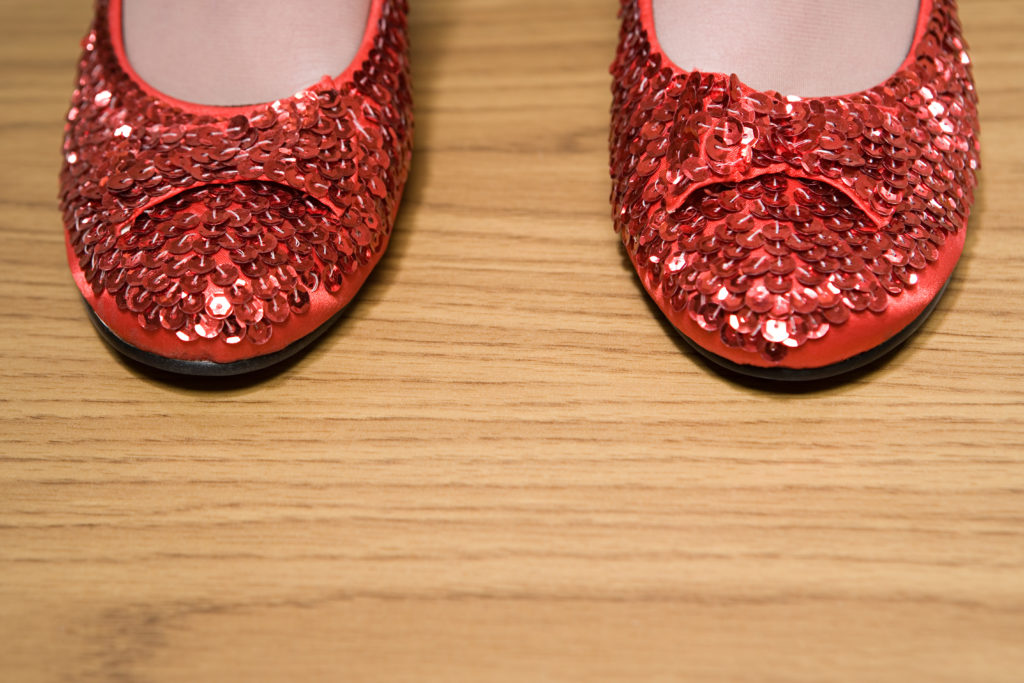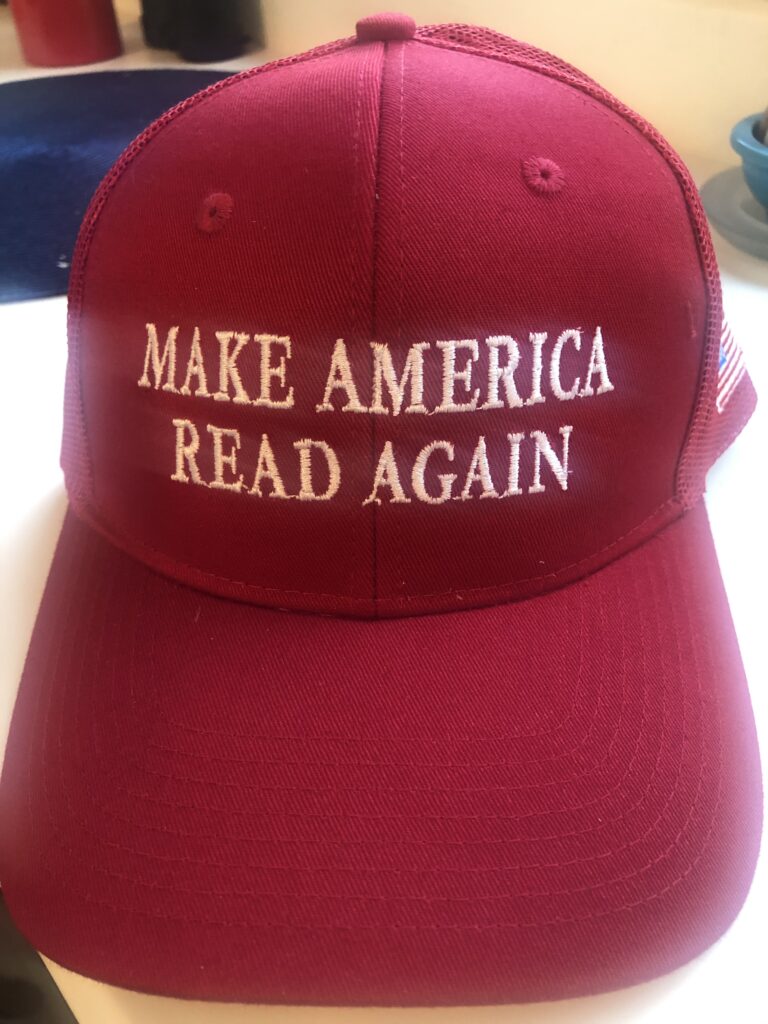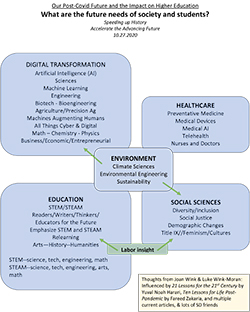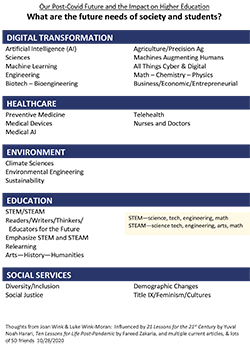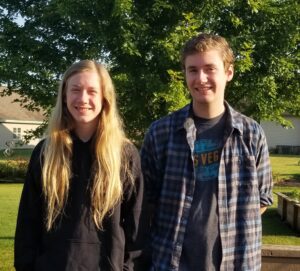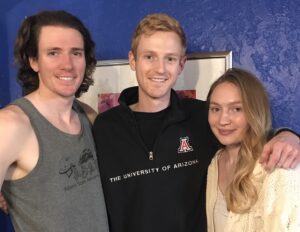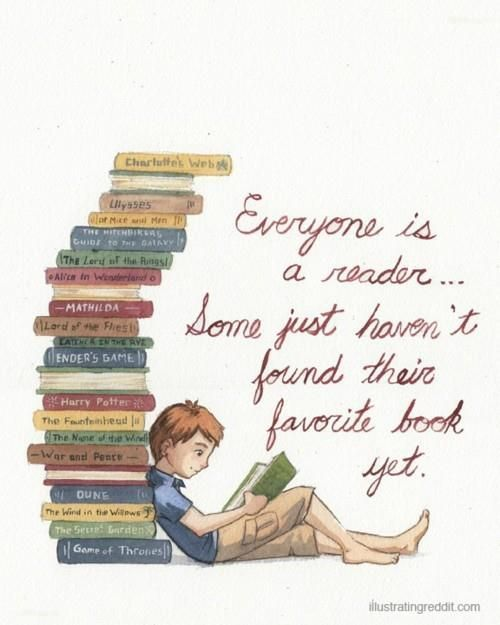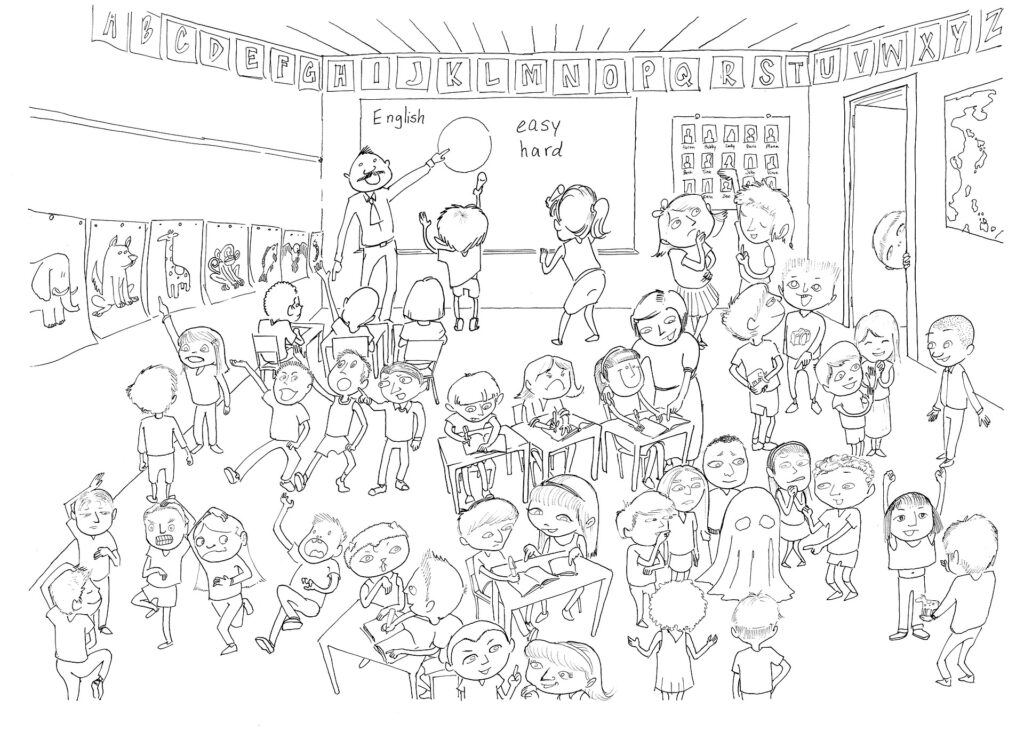Dear WinkWorld Readers,
Recently, Dawn Wink posted a blog about quilts on her blog, DewDrops, and this led me to want to share some of my quilts. Of course, quilts led me to stories, and stories led me to books. This WinkWorld gets a little long, but if you like quilts, stories, books, and pretty colors, you will enjoy this one.
Quilters everywhere are really storytellers. I am not a quilter, but I, too, see a story in every quilt. For example, here are three quilts which hang on our bedroom walls, and I will tell you three little stories.
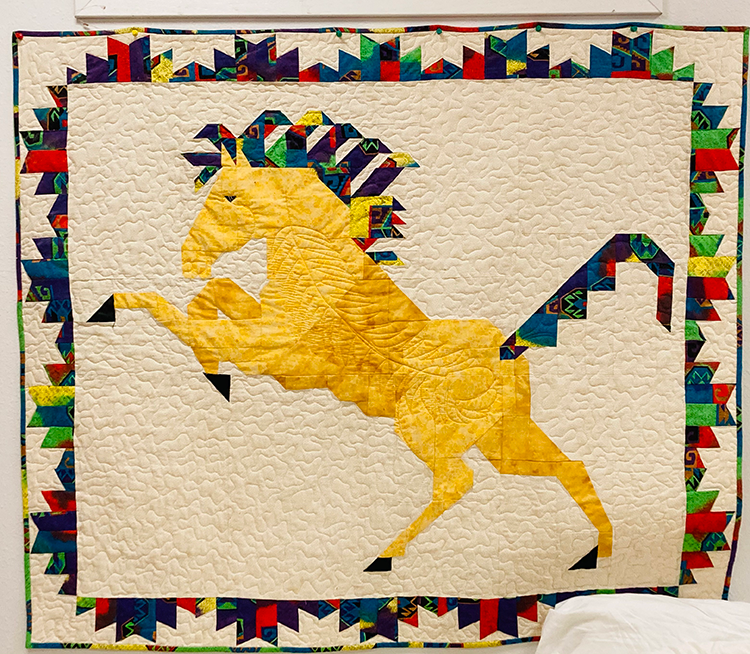 The quilter of this horse is a dear friend, Gloria Traversie of Faith, SD. She belongs to group of quilters who call themselves, the Prairie Strippers. Gloria is over 90 years-old and still quilting.
The quilter of this horse is a dear friend, Gloria Traversie of Faith, SD. She belongs to group of quilters who call themselves, the Prairie Strippers. Gloria is over 90 years-old and still quilting.
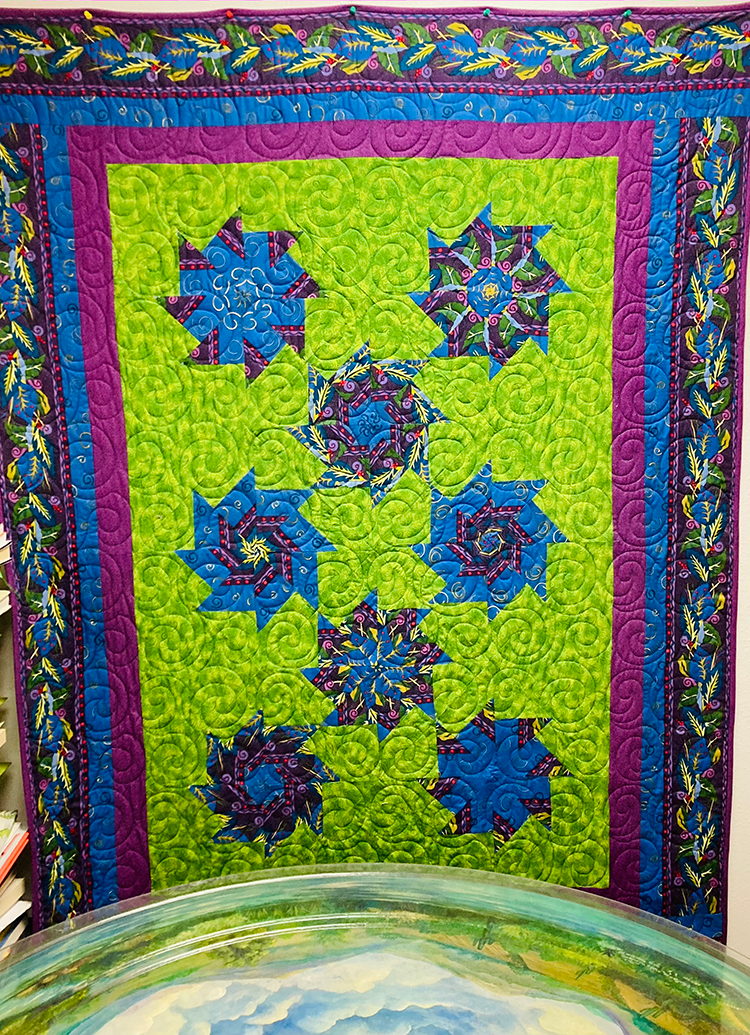 This quilt was given to me by former grad students when I retired from Cal State. They said that they spent a year deciding on the color and design before they took their own sewing machines during a long weekend and rented a cabin in the Sierras and created this work of art.
This quilt was given to me by former grad students when I retired from Cal State. They said that they spent a year deciding on the color and design before they took their own sewing machines during a long weekend and rented a cabin in the Sierras and created this work of art.
As they said to me, “Joan, look at how each star is unique. That is because that is how you made us feel.” How I love this quilt and those memories!
Below are two more good books for kids and all of us.
The Quilt Story by Tomie dePaola
The Patchwork Quilt by Valerie Flournoy
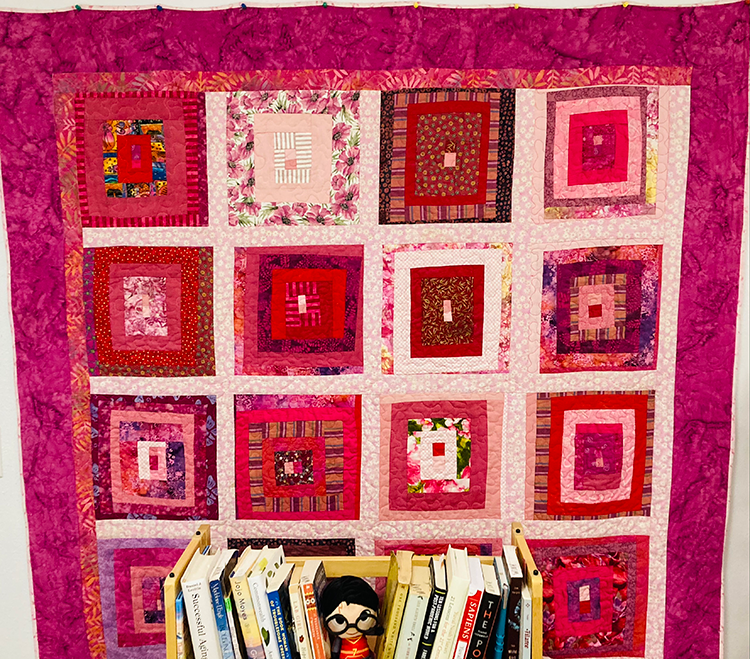 This gorgeous quilt was made for me by my dear colleague/friend, Steph Paterson, when I was sick. As Dr. Paterson said when she gave it to me, “I chose these red hot colors because that is how you were fighting the cancer.” I continue to take strength from the quilt and that memory.
This gorgeous quilt was made for me by my dear colleague/friend, Steph Paterson, when I was sick. As Dr. Paterson said when she gave it to me, “I chose these red hot colors because that is how you were fighting the cancer.” I continue to take strength from the quilt and that memory.
Here are two more great books about quilts. Great stories for kids and for me.
Who’s Under Grandma’s Quilt by Rachel Waterstone
The Keeping Quilt by Patricia Polacco
After posting some photos of quilts on Facebook, the stories came pouring into my newsfeed. My friend/cousin, Missy, reminded me of a book we both love.
The Quiltmakers Gift by Jeff Brumbeau.
Diane Kindt, has been my BFF from kindergarten until high school graduation, and now in this chapter of life, we are back and living near each other. Such a blessing for us. She and a group of women friends, in their small town of Mobridge are consistently very active in seeing a problem and fixing a problem. Much of their giving is done locally, but they also give globally.
Two examples follow: they make quilts and small knitted/crocheted prayer shawls to give to people who are in need. If you hear of a family suffering from a major disaster, chances are that quilts from this group of women are on their way to warm a family. On the local level, the group simply keeps their eyes and ears open for families in need. The prayer shawls are available for the asking. This group has shared through the US and abroad.
In the photo below, the quilts from last year are displayed in Diane’s church. The quilts are hanging on the back of the pews.
So, how many quilts and prayer shawls did they make in 2020?
For example, here is a church family in FL after the hurricane in which most families had lost every thing. In the photo below, they are receiving their quilts from Diane and friends in SD.
In addition to these hundreds of quilts which the women make and give away to those in need, they also knit and/or crochet prayer shawls and send to anyone in need who requests them. See Trinity Lutheran Church of Mobridge SD and/or Diane Kindt on Facebook. I have a soft cuddly lemon yellow shawl, and Wink has a gentle tan one, which Diane gave us when we were each fighting cancer. I recently requested a candy apple shawl for my dear Cuzzin’ Jessie, as she was certainly a Red Hot Mama. The last time I saw Jessie alive, she was covered with the shawl, and we were all cuddled around her on her bed. Another treasured memory.
Thank you!
Here is another great books for all of us.
The Patchwork Quilt: A Quilt Map to Freedom by Bettye Stroud
Rose Kauhne is another friend from Mobridge high school days, and I enjoy following her quilting. More recently I noted her small patchworks of what is called meditative stitching. As Rose explained it to me,
I came across the stitch Meditation group of Facebook and decided to join in. The basis was to make a small (4X4”) textile collage using small scraps of fabrics and odds and ends stitched together by hand with thread, in a small amount of time, without much thought to the design or trying to make perfect stitches. That seemed easy enough and Lord knows I had plenty of raw materials to work with. So, I made one and was hooked.
The only rule was once you added a stitch you could not take it out. Of course, you could cover it up! We made these small enough that you could finish it in a single setting and pack it in a small bag and take it with you, traveling, to the doctor’s office, waiting in line for something. It was fun. I was finding all sorts of small bits of things such as crocheted butterflies, small embroideries I made years ago that were never utilized, things I could use to enhance these small wonders. In 2018 I made 17. In 2019 I made 117.
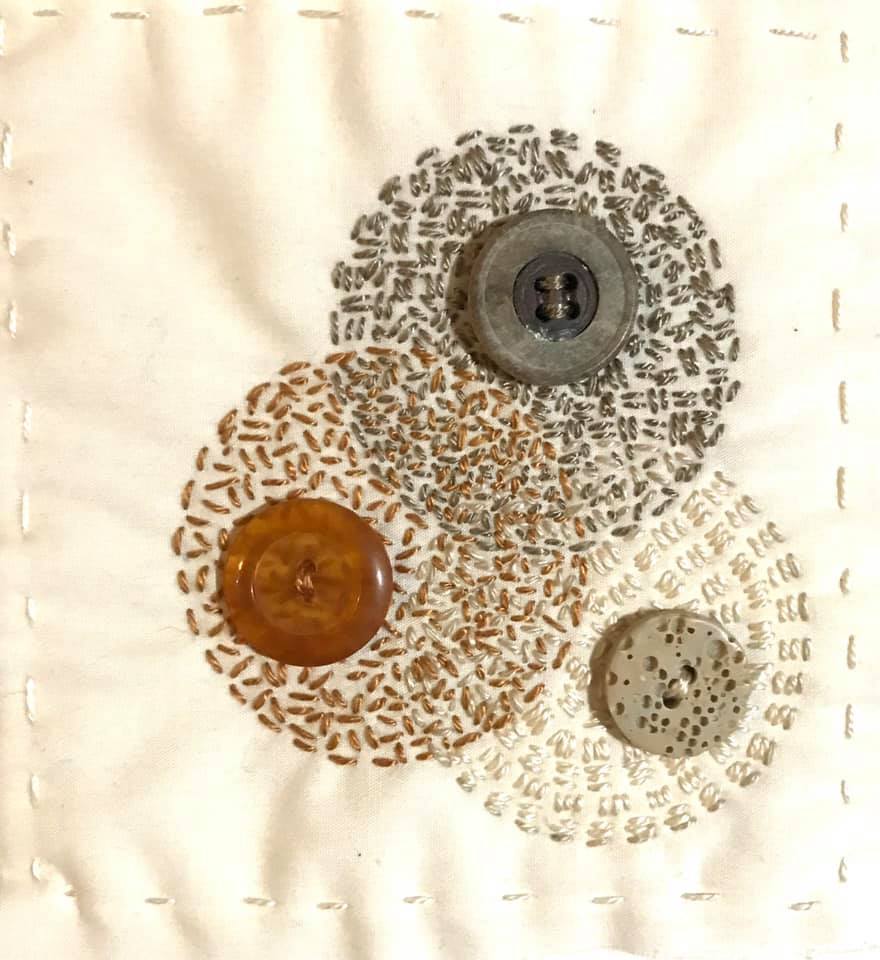
If you want to read more about her stitching, click here: The Rose Journal
The quilt (below) tells the story of my high school girlfriends (Mobridge High School, 1962), but we all have known each other since kindergarten.
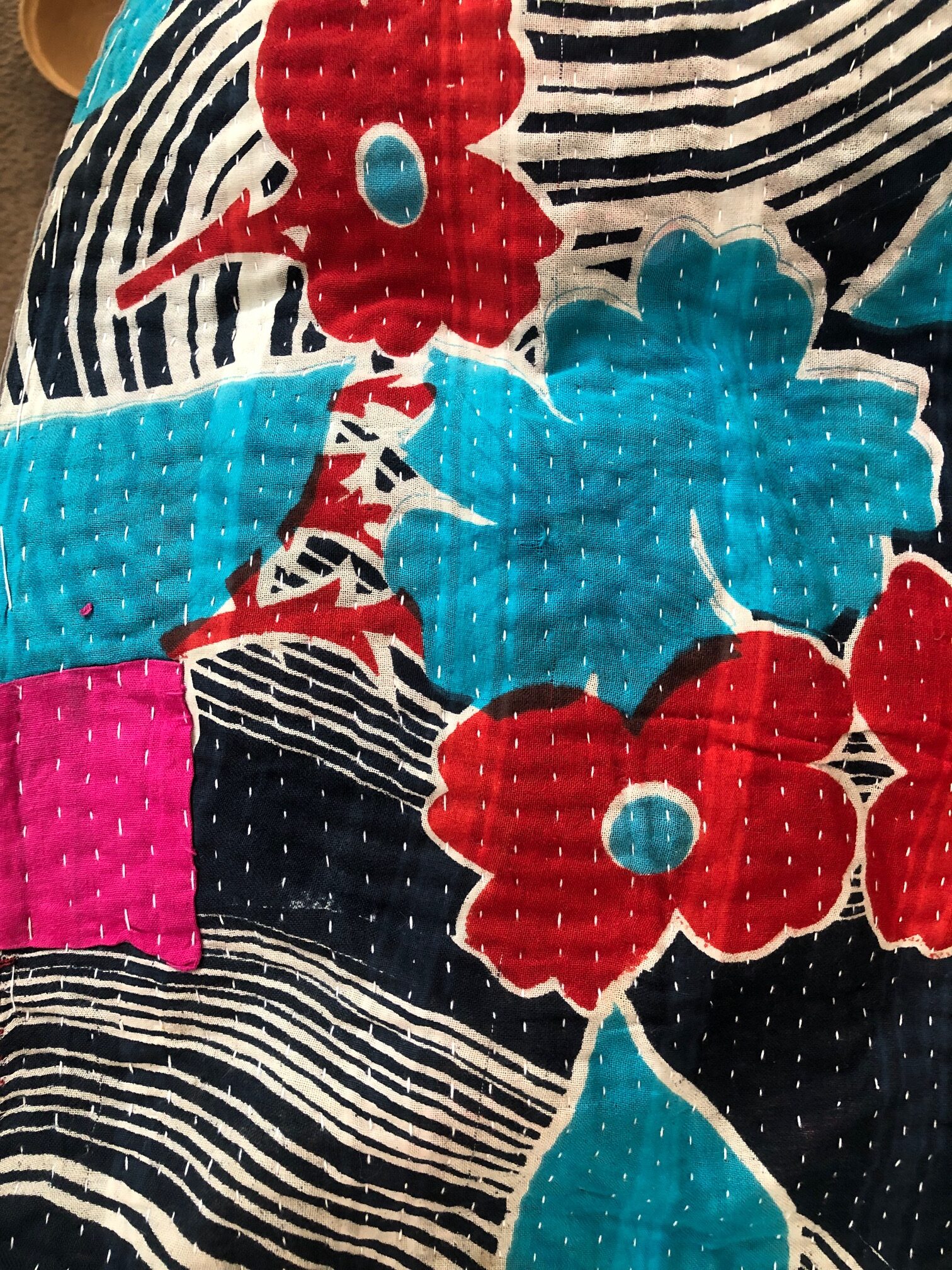 I always love the surprises found in quilts–like this fuchsia patch in the middle of all of the black, turquoise, red, and white. Sort of like the surprises in life.
I always love the surprises found in quilts–like this fuchsia patch in the middle of all of the black, turquoise, red, and white. Sort of like the surprises in life.
In the photo above you see Mobridge High School friends, who gifted me that gorgeous quilt. Thank you Toots, Tiny, Diane, and Runny. Below are more Mobridge friends when Donna Wessel Durrant hosted us.
Let me close with something which is not a quilt, nor a book, but I am sure there is a story somewhere in this image. I recently learned that there is another WinkWorld in Las Vegas, created by someone named Chris Wink. Do you imagine that he would like to also see our WinkWorld?






